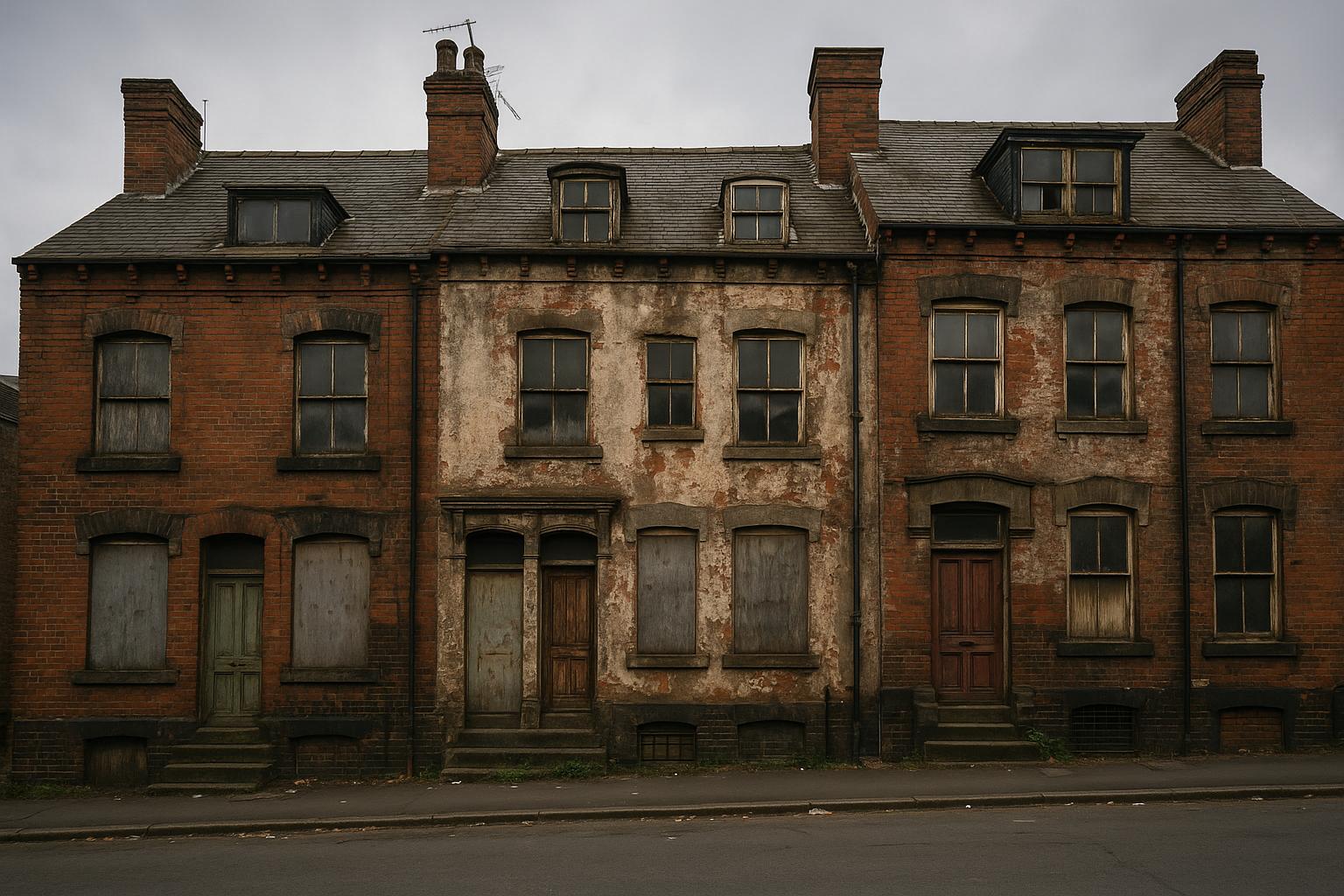The best and worst suburbs to live in England have been revealed through a comprehensive analysis by the Daily Mail, which assessed nearly 7,000 neighbourhoods across the country. The study used eight key factors to create a score out of 100 for each area, considering aspects such as house price changes, crime rates, income after housing costs, deprivation levels, internet speeds, access to green spaces, air quality, and proximity to train stations. Topping the list with an impressive score of 85.2 is Withdean Woods in Brighton, known for its charming Edwardian homes set among tree-lined streets and secluded woodland. This area is part of a desirable 'wedge' spanning the south east, which includes parts of Oxfordshire, Buckinghamshire, Hampshire, Surrey, and Sussex, all characterised by high living standards and ample green spaces.
Brighton’s appeal, according to Lucian Cook, head of residential research at Savills, lies in its affluence, strong transport links to London, and cultural cachet developed over the past 25 years. He explained to the Daily Mail that the area has become increasingly attractive, creating a virtuous cycle where affluent residents boost property values and the neighbourhood’s reputation, reinforcing its status as a high-value hotspot. Most suburbs in the wedge enjoy crime rates below 40 reports per 1,000 population annually, placing them among the safest 20% nationally. While some crime hotspots do exist within the wedge, such as areas in Reading, Portsmouth, Brighton, and Gatwick Airport, the south east overall fares better than many other regions.
Despite topping the combined metrics, house price growth within this wedge has been relatively modest, averaging around 10% increases over six years—lagging behind inflation, which means many homes may have lost real value. In contrast, northern suburbs such as Old Trafford in Manchester have experienced dramatic house price rises, with values surging by 162% since 2019 according to Land Registry data. By comparison, areas within the wedge tend to have high disposable incomes, usually exceeding £35,000 annually after taxes and housing costs. Central London boroughs like Kensington report even higher averages, topping £60,000 per year.
At the lower end of the spectrum, Lincoln Green and St James in Leeds score among the worst places to live, with a dismal overall score of just 7.7 out of 100. These neighbourhoods suffer from high crime rates, with Lincoln Green and St James recording over 2,500 crimes in recent 12-month periods, according to multiple sources including Leeds Live and the Yorkshire Evening Post. The area registers crime rates exceeding 270 reports per 1,000 residents, making it one of the most dangerous parts of Leeds. The nature of crimes reported ranges from assaults and drug-related offences to theft and shoplifting.
Economic deprivation compounds the challenges faced by these Leeds suburbs. Household incomes in Lincoln Green and St James are estimated around £28,600 annually, markedly lower than the national average and well below the affluent areas topping the Daily Mail's league table. These income levels align with data showing some of the highest deprivation levels in England concentrated in parts of Leeds, Birmingham, and similar urban centres. The 2021 Census categorises deprivation across education, employment, health, and housing criteria, with areas like Sparkbrook North in Birmingham noting deprivation among nearly 80% of households.
Regarding transport and infrastructure, one notable observation from the national analysis is that few neighbourhoods are within a 15-minute walk of a train station unless situated in inner-city suburbs. This applies even in the south east wedge, where rail stations, although offering good links to London, may still be a considerable distance from residential areas. Nonetheless, the region benefits from proximity to major motorways such as the M3, M4, M25, M23, and M27, aiding road connectivity.
Environmental quality measures highlight additional contrasts. The south east wedge enjoys comparatively good air quality, with PM2.5 levels, harmful fine particulate pollutants linked to respiratory conditions, well below those found in urban centres like London. The Lake District leads the country in air quality with the lowest PM2.5 exposure, while central London often experiences levels twice the World Health Organization’s recommended safe limit. Access to green spaces further enhances the desirability of the wedge, with areas like Windsor and Eton boasting over 7,000 acres of public parks and woodlands nearby. Meanwhile, urban zones such as Featherstone West in Staffordshire suffer from minimal park access.
Broadband connectivity also plays a key role in overall quality of life. The majority of neighbourhoods within the south east wedge meet minimum broadband speeds of 10 Mbps, essential for modern internet usage. Didcot South East in South Oxfordshire exemplifies well-connected towns, bolstered by major tech investments including US-based CloudHQ's planned £1.9 billion data centre campus at the former Didcot A coal power station site. Conversely, parts of Sheffield City Centre lag behind, with some areas falling below universal service obligations for internet speeds.
In summary, the stark contrasts across England’s neighbourhoods reflect wider social, economic, and infrastructural divides. Areas such as Withdean Woods in Brighton exemplify the benefits of affluence, low crime, green space access, and good public services, supported by strong transport links and house price stability. By contrast, neighbourhoods like Lincoln Green and St James in Leeds face interconnected challenges of high crime, low income, deprivation, and relatively poor infrastructure, encapsulating the difficulties in addressing urban inequality.
📌 Reference Map:
- Paragraph 1 – [1], [7]
- Paragraph 2 – [1]
- Paragraph 3 – [1], [7]
- Paragraph 4 – [1], [2], [4], [5], [6], [3]
- Paragraph 5 – [1]
- Paragraph 6 – [1]
- Paragraph 7 – [1], [7]
- Paragraph 8 – [1], [7]
- Paragraph 9 – [1], [2], [3], [4], [5], [6]
Source: Noah Wire Services
